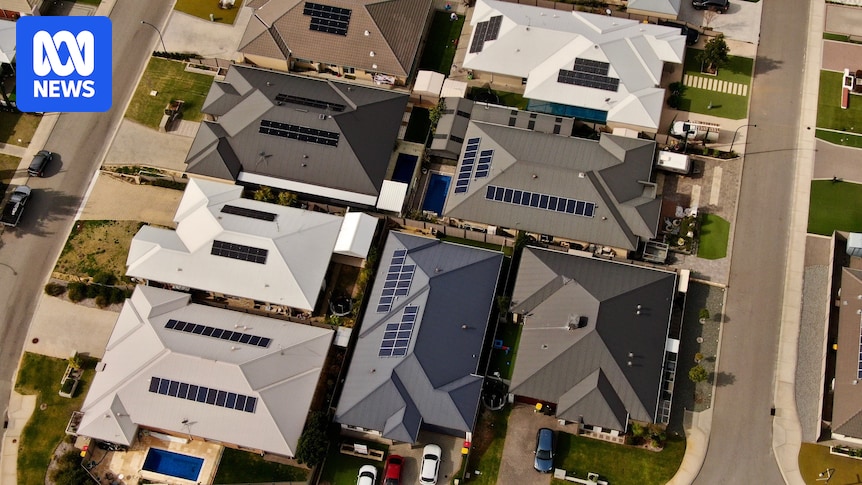I’m really hoping this is a temporary problem.
There are a lot of very large batteries in the process of being built that will start to meaningfully address this issue in the next couple of years.
This sounds like a great opportunity to advertise times of cheap excess energy. Encourage more grid scale batteries, desalination, AI compute, crypto mining. Anything that uses a large amount of energy and can be automated to happen ad-hoc.
Thought the goal should be to capture and reuse all the excess energy, and drop fossils to zero permanently, once and for all.
Aussie in Finland here. We have an electricity system here with “spot price”. I get charged a price per kWh depending on the forecasted supply (from producers) and demand (from history and other math) and it changes every hour. At the time of writing this it is 0.60 c/kWh (+margin+transmission+taxes for a total of 7.87c/kWh).
When demand is higher, like winter, and supply is lower (maintenance or faults or no wind), the price can go up to 30-50c, but when there is plenty of power about the energy price can go into negatives.
This makes an effect on usage and stabilises the system. But probably too hard to set up.
You can get smart meters in Aus now with time of use metering. What needs to happen now is that those meters get a simple, non-cloud-connected way to let your appliances know when is a good time to start up.
So for hard wired devices like your hot water heater or your pool pump you could have a simple relay-like device in your fusebox that can be set to “turn on below X cents per kWh” and it will switch them as needed.
Your air conditioner could have a linked IR remote that turns it on early in the day of power is cheap and chills the house for the afternoon heat or runs it a bit cooler than usual if it is already running.
Your fridge or freezer could have an “extra chill” setting.
Your washing machine and dryer could have simple “start now” “pause now” interfaces and they could just operate during the day whenever.
All this could be done with some newer version of the X10 protocol, and it would be great to get something like that standardised and widespread.
Yeah… Usually I just check the price to see if I can sauna or not. It’s by far the biggest user of power in my apartment.
Coincidentally I’ve been in Tampere for 6 months for work, going back to Brisbane on Monday. Being in a “short stay” apartment means that sauna power bills aren’t my problem 😎
Fuckers should have enabled islanding.
Summary of cause: It’s unusually low forecasted load demand, 13-35% normal, paired with transmission lines that route excess to other geographics being down for maintenance.



